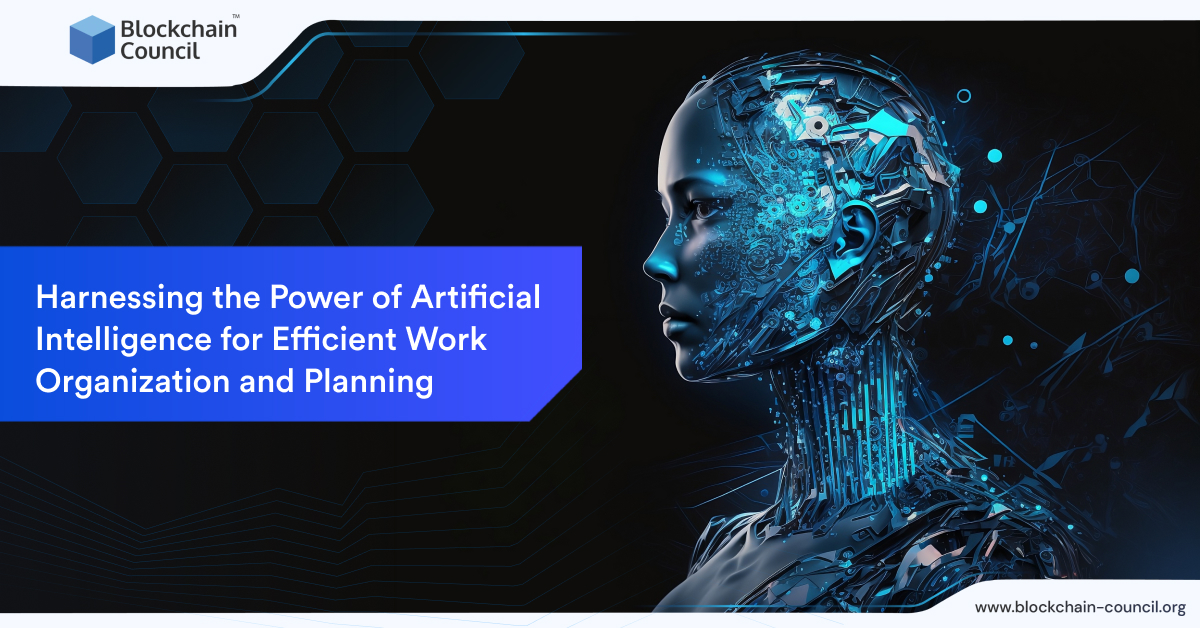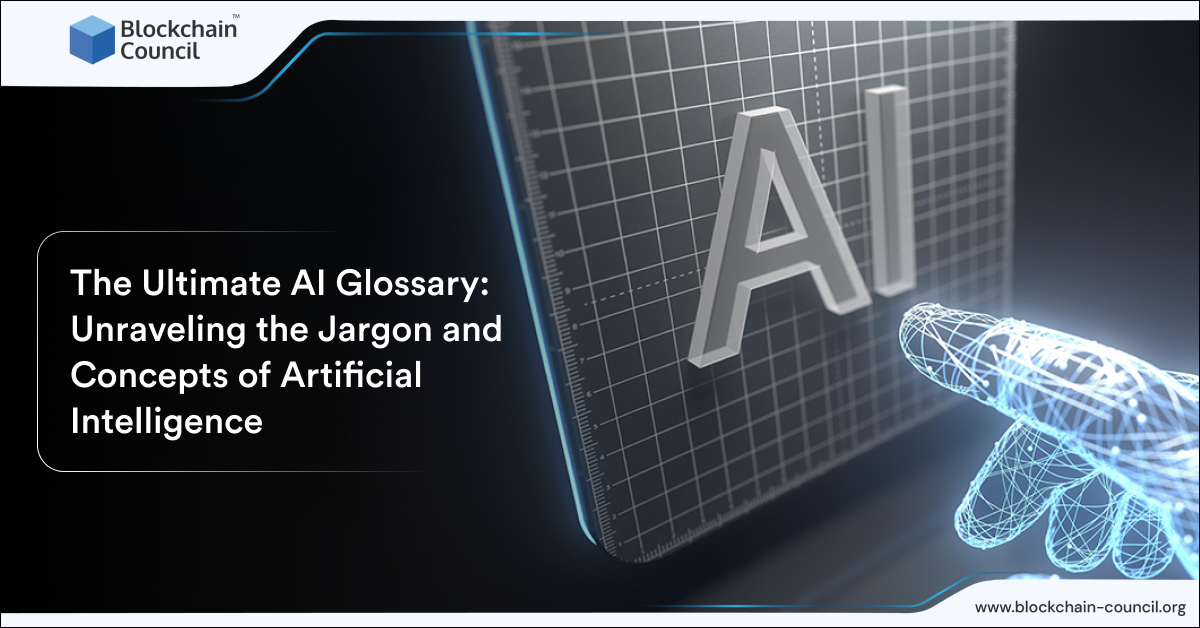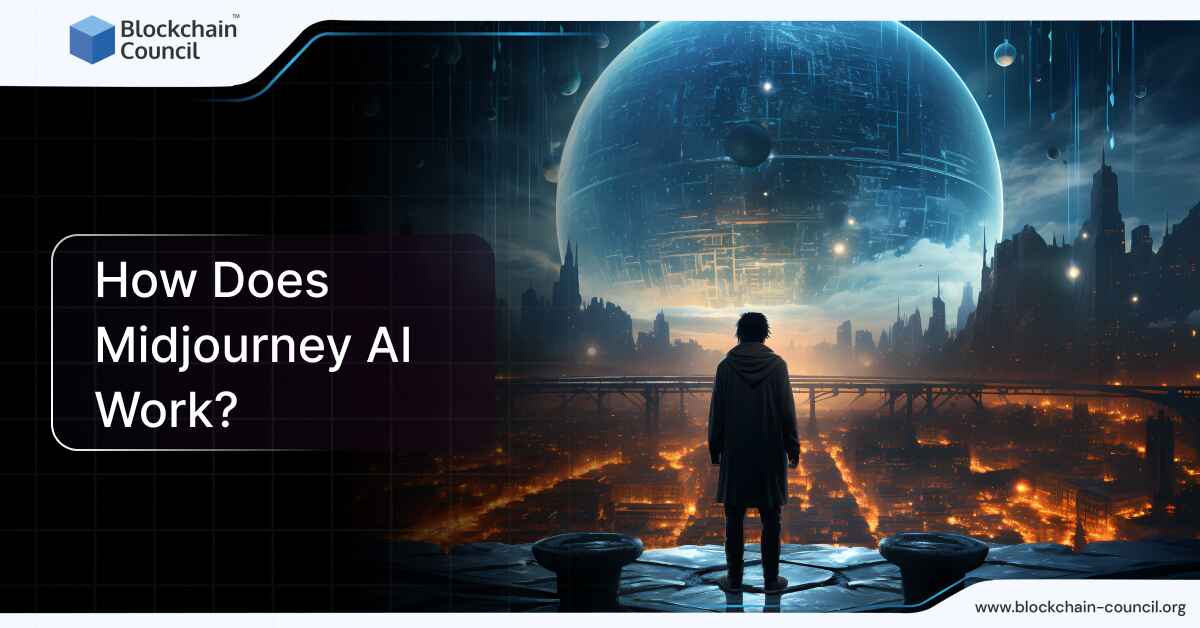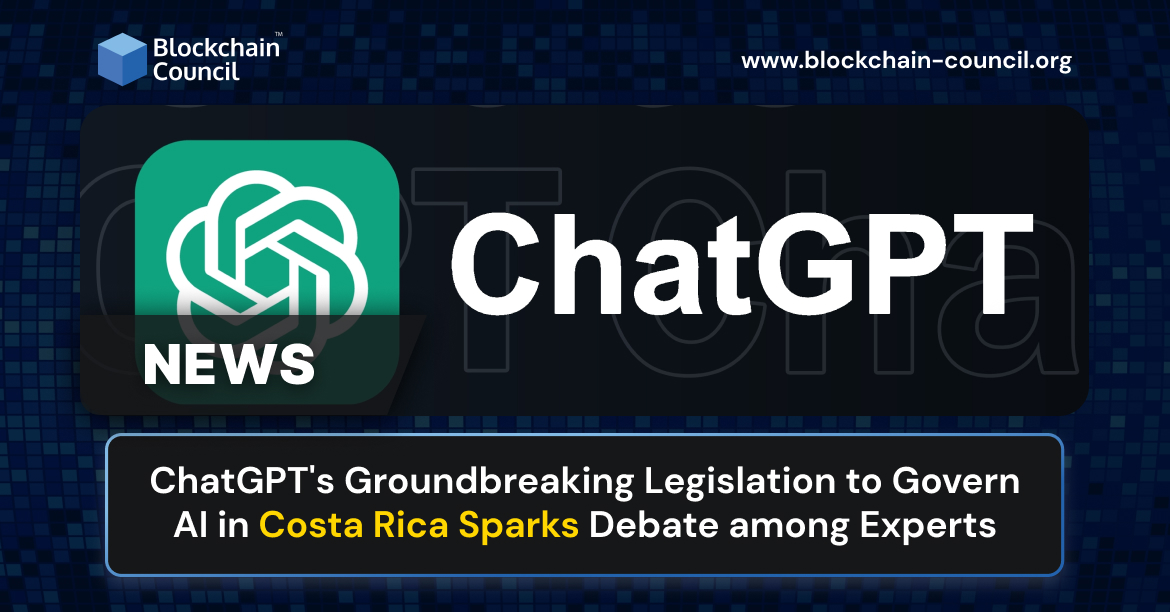
- Blockchain Council
- June 02, 2023
Now AI is the main direction in the development of control systems, which can help you get the most out of your existing business and build new, most efficient ones. Such enterprises will be able to produce cheaper and better products, with the ability to quickly and automatically change technologies. Therefore, all companies are interested in the use of AI to one degree or another.
In today’s fast-paced world, staying organized and effectively managing one’s workload can be a daunting task. With the advent of artificial intelligence (AI), however, individuals and organizations are now empowered with advanced tools and techniques to streamline their work organization and planning processes. AI has proven to be a game-changer, revolutionizing how we approach tasks, prioritize responsibilities, and maximize productivity. This article explores how AI is utilized to transform work organization and planning, enhancing efficiency and enabling individuals to achieve their goals more effectively.
Drawing up schedules
AI tools will be useful for team leaders. They can automatically track and process personal data and then make intelligent scheduling decisions. Managers are freed from the routine, tedious collection of information, and they can productively plan the workload of subordinates. With structured information, managers can understand which workers should leave early and who are willing to take on extra hours. In this way, AI helps create schedules and shifts that increase staff engagement and productivity.
Staff performance evaluation
With the help of neural networks, the HR department can almost in real time receive up-to-date information on evaluating the effectiveness of an employee, his involvement, and loyalty.
Moreover, artificial intelligence algorithms are able to identify behavioral stereotypes that affect the decline in productivity and discern employee burnout before this fact becomes obvious. The HR specialist can only develop an action plan to support the specialist.
There are many tools on the market: from chatbots to video and voice interview systems. Chatbots based on AI are able to conduct a dialogue with the candidate and, based on the results of the conversation, formulate a forecast of his potential within the company. Moreover, unlike programmed chatbots, AI is able to give an assessment, even if the interlocutor gives ambiguous, indirect answers.
Research can be conducted actively by interacting with the staff and passively when artificial intelligence can analyze correspondence in corporate mail and instant messengers and highlight the least engaged and satisfied employees.
Intelligent Task Management
Artificial intelligence has greatly improved task management systems, allowing people to easily perform their duties. Task Management Platforms are AI project coordination tools that provide a unique way to involve the entire organization in project planning. It takes into account each respective team and makes sure that they all perform their individual tasks without unnecessary duplication between teams. A tool focuses on minimizing confusion between people working on a project, as well as maximizing efficiency. That is due to rational tasks assignment between workers whom they ideally suit.
Such tools take care of routine tasks, freeing up your time for more important aspects of the project. You can set goals in the tool to strategize and track progress toward them. You’ll be able to use the calendar planner to keep track of who’s working on what and keep everyone up to date on project updates.
Intelligent Document and Information Management
Artificial intelligence streamlines document and information management by automating routine and time-consuming tasks. AI-powered tools, such as document classification systems, can automatically classify and tag files, making it easier to find and retrieve information when needed. Natural language processing algorithms provide advanced search capabilities, allowing people to find relevant documents or information based on keywords, context, or even concepts. These AI-powered document management systems save valuable time, increase efficiency, and reduce the frustration associated with manual organization and searching.
Smart prioritization and time management
It is necessary to develop algorithms for AI to make it a useful tool for the manager and the employee himself. They will allow the time management system to analyze the main tasks of the company or structural unit and the current and future workload of performers in real time. In addition, it will become easier to track the degree of completion of tasks that are already being worked on. At the same time, such algorithms should predict the upcoming time costs and give hints to employees on how many minutes or hours to allocate for new activities.
As a result, the AI system will automatically prioritize tasks for each individual employee and adjust his workday planning. For example, cancel non-essential appointments in the calendar to free up time for more important communications, issue recommendations for inviting certain colleagues to call, and give advice in accordance with the individual characteristics, work style, and performance of the employee.
Predictive analytics for workload distribution
The power of AI predictive analytics is invaluable when it comes to workload distribution. By analyzing historical data such as task completion times, workloads, and team capabilities, AI algorithms can accurately predict future resource requirements. This allows organizations to distribute workloads across teams and individuals, avoiding bottlenecks and ensuring no one is overwhelmed by an unmanageable amount of tasks. Predictive analytics also enable proactive resource allocation, allowing organizations to anticipate demand spikes and make the necessary adjustments ahead of time.
AI-Powered Virtual Assistants
An intelligent virtual assistant or virtual digital assistant is an AI-based digital program that understands voice commands and natural language and can interact with workers in a conversational manner. In essence, virtual digital user assistants are able to understand human speech and respond in the same way as a person does, especially when it comes to simple, repetitive requests.
Electronic assistants are actually much more complex than chatbots. Cognitive process automation uses technologies such as natural language processing, image processing, pattern recognition, and contextual analysis for more intuitive responses and better speech recognition.
Smart assistants can schedule appointments, set reminders, send notifications, and provide contextual information based on user preferences and behavior.
Conclusion
Machines are much faster than humans, and they can process huge amounts of information and predict decisions based on it. The use of artificial intelligence in business is not just a fashion trend but a necessity that helps you develop faster and get rid of routine tasks in favor of more important ones. Leave the tedious tasks of data processing, reporting, and forecasting to machines and get to grips with growing the company based on those forecasts.





































































 Guides
Guides News
News Blockchain
Blockchain Cryptocurrency
& Digital Assets
Cryptocurrency
& Digital Assets Web3
Web3 Metaverse & NFTs
Metaverse & NFTs
